1,567 days, 2,404 entries ...
Newsticker, link list, time machine: HOLO.mg/stream logs emerging trajectories in art, science, technology, and culture––every day
“It is really disheartening to watch artists I respect run to do ordinals. Can’t help but remember the rough convos we had around energy use and carbon load of ETH.”
“Those minerals are not found in urban centres. They’re found on traditional territories, or you will need roads and access to traditional territories to get to them.”
“Instead of being in charge, these executives and lobbyists should be behind bars. At the very least, the UN should ban them from climate summits.”
“It’s easier to build LK-99 at home than it is to write a good internet regulation.”
How does generative AI’s carbon footprint fare against human creators? Pretty well, according to a recent paper shared by American software artist Kyle McDonald. Comparing text and image creation energy use, University of California researcher Bill Tomlinson and team found that BLOOM, ChatGPT, Midjourney, and DALL-E2 beat human writers and illustrators (and their computers) by wide margins: “An AI creating an image emits 310 to 2900 times less CO2,” states the paper. McDonald’s dark take: “New eugenics just dropped.”
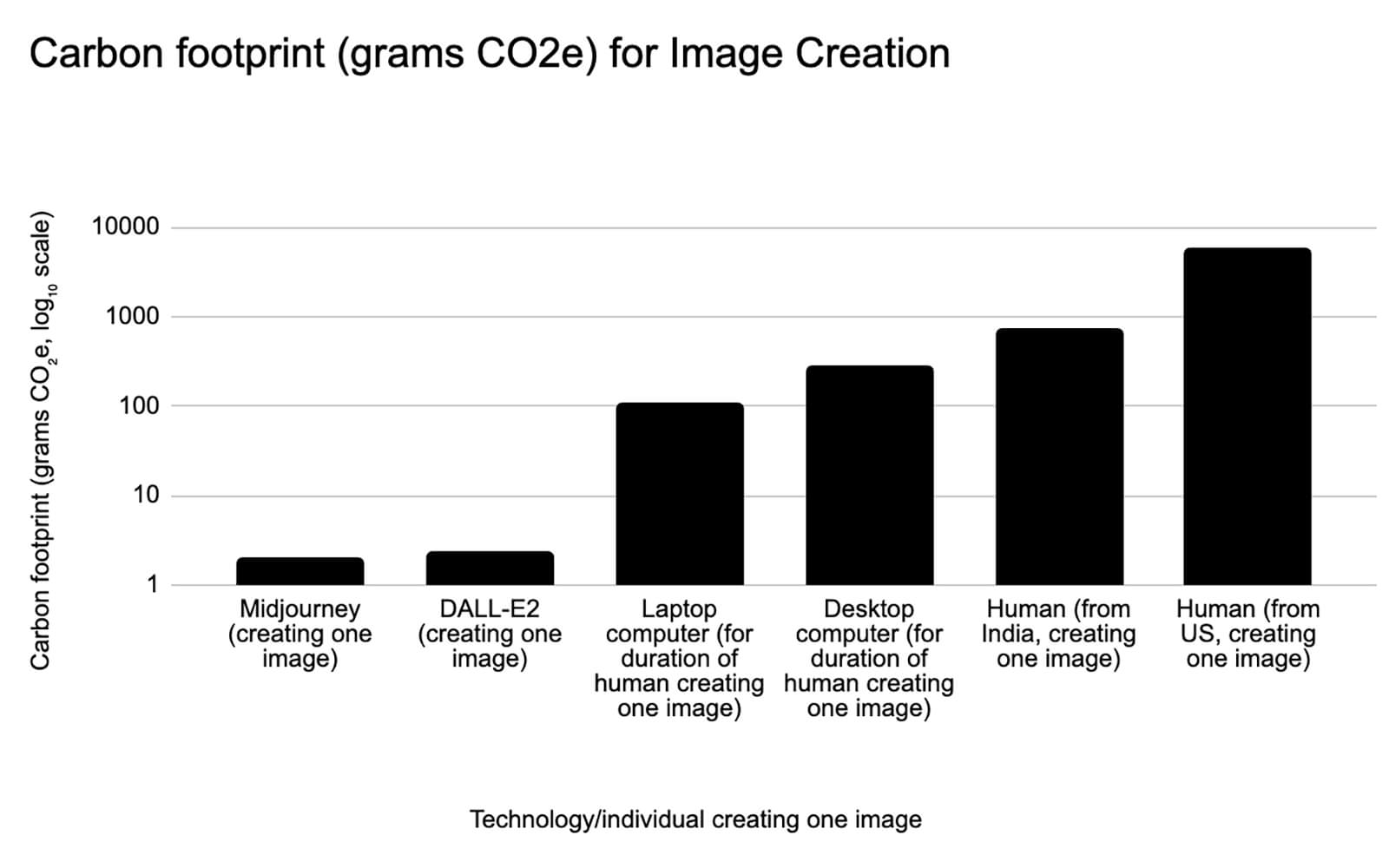
Aram Bartholl’s solo exhibition “Package ready for pickup” opens at Kunsthalle Osnabrück (DE), kicking off the church-turned-gallery’s 30th anniversary celebrations. Highlighting material flows and environmental degradation, Berlin-based Bartholl presents e-waste recycling crates, QR code climate alerts, and chandeliers made from salvaged TVs. The highlight: a pop-up DHL package station will service customers for the duration of the exhibition, drawing non-art audiences to the show and its themes.
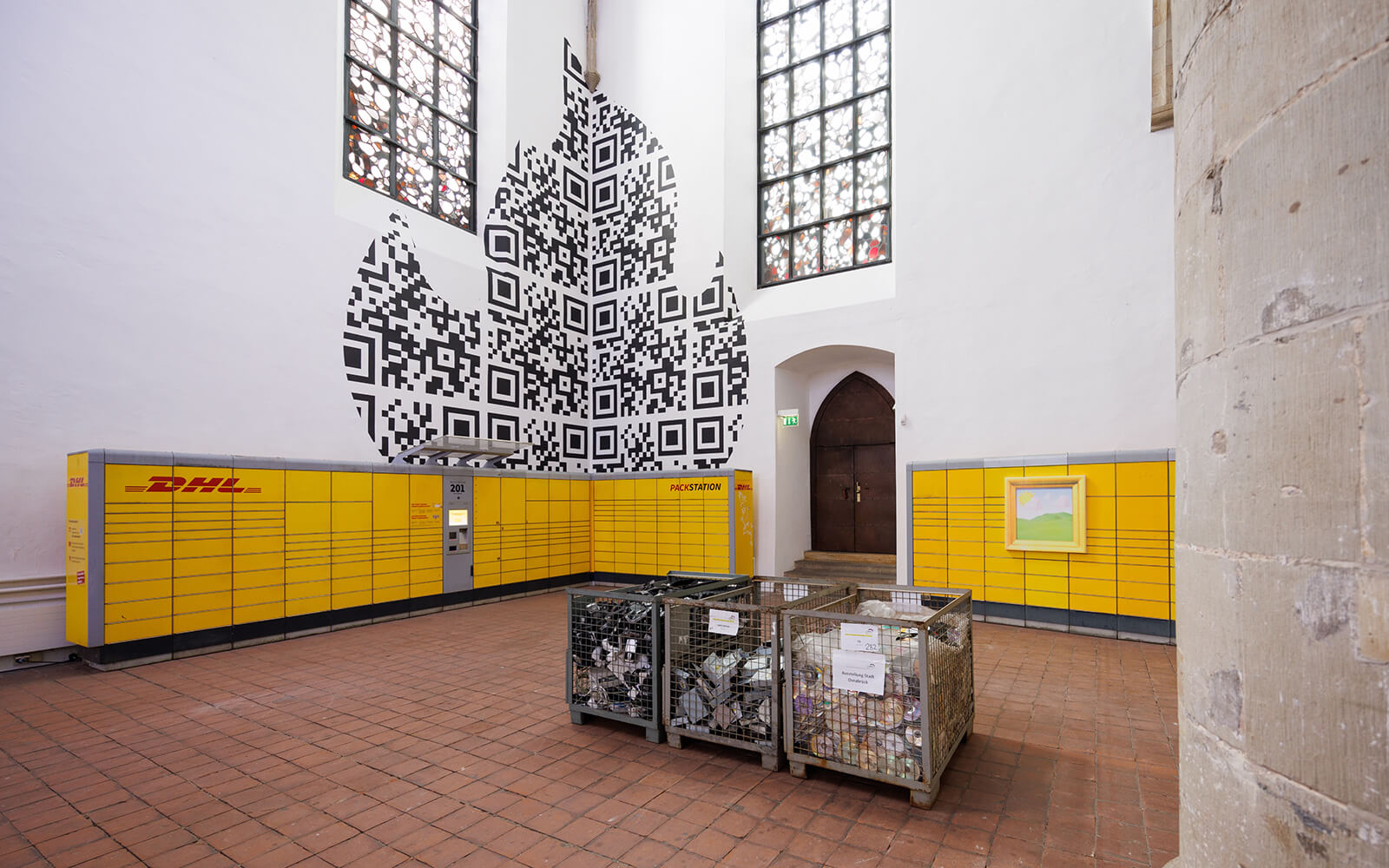
“To be frank, it was an accident. We were actually interested in making a simple sensor for humidity in the air. But for whatever reason, the student who was working on that forgot to plug in the power.”
French visual artist Joanie Lemercier shares glimpses of new works in progress that draw on solar rather than projector light. “These photons travelled 150 million kilometers,” he writes about the beam of sunlight used in his lens refraction experiments. “It encompasses the entire electro-magnetic spectrum—visible light, infrared, uv, radio waves, x and gamma rays—and conveys about 500W of energy,” Lemercier notes in subsequent posts. “It’s low tech, yet so much brighter than any high-end projector.”
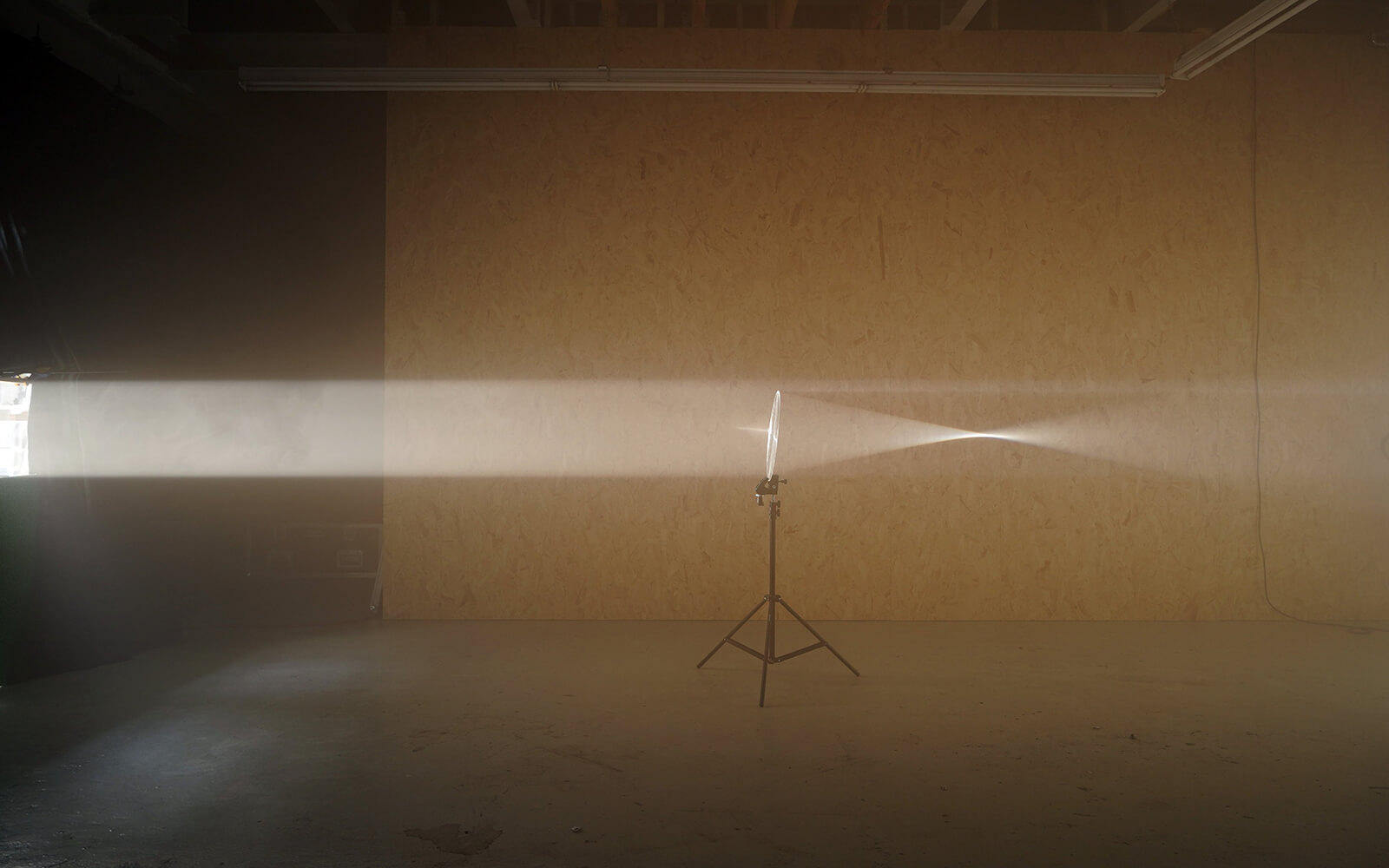
“This new study is different because it measures tiny variations in the way that Bitcoin mining equipment generates random numbers. These variations serve as a fingerprint allowing us to directly estimate the proportion of different machines.”
“Chasing the Devil to the Moon: Art Under Lunar Occupation Today” opens at Tallinn Art Hall (ES), constructing post-colonial cosmic imaginaries. Inspired by the 19th-century Estonian folk tale The Moon Painters, curator Corina L. Apostol presents six artists including Agate Tūna, Amélie Laurence Fortin, and Pau/a that explore social and political notions of “recolouring” the Moon. Fortin’s new CGI video The Blue Moon Project (2023, image), for example, offers a utopian vision of sustainable (blue) energy.
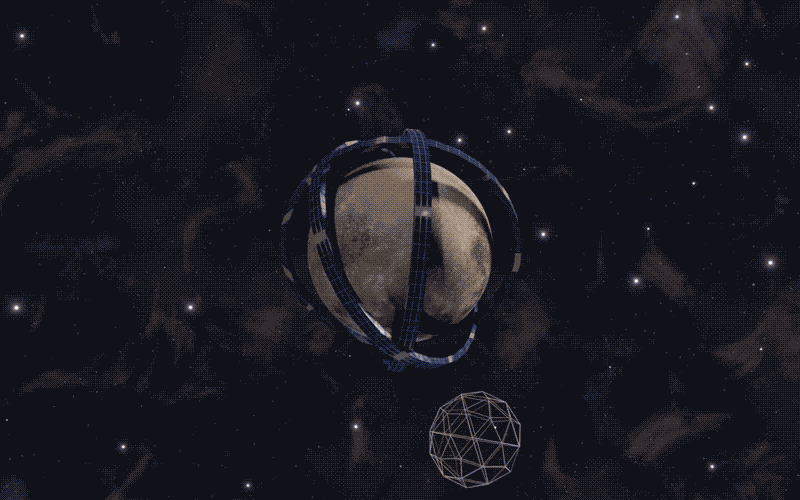
“New Visions,” the 2nd Edition of the Henie Onstad Triennial for Photography and New Media opens in Oslo (NO). A total of 22 artists including Anna Ehrenstein, Anna Engelhardt, Kristina Õllek, Monira Al Qadiri, Emilija Škarnulytė (image: RAKHNE, 2023), and Istvan Virag contribute media and installations, drawing on traditional mediums and new modes of automated image-making to underscore the ubiquity of “resource extraction, energy distribution, and data harvesting.”
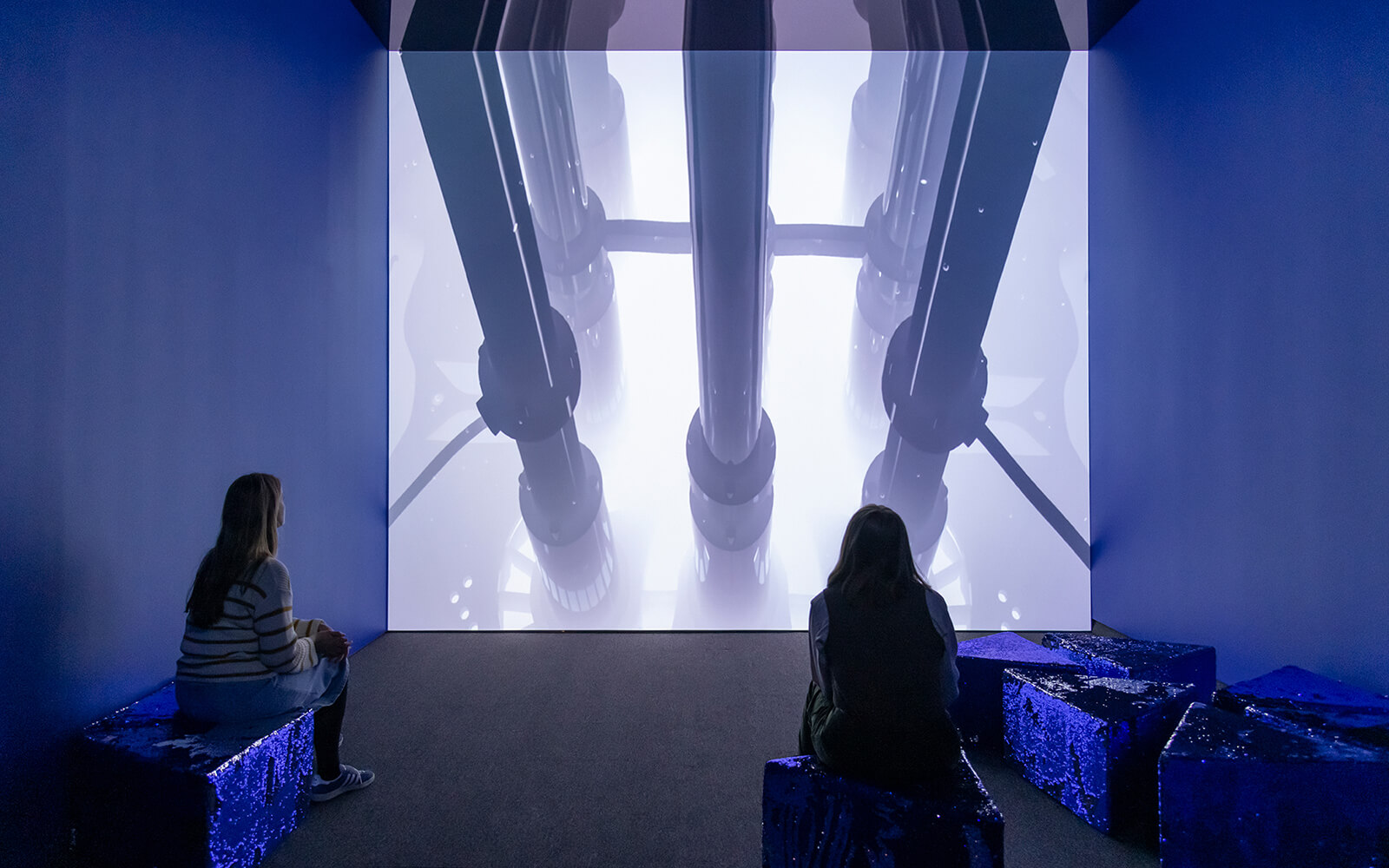
“Current mining operations have now become their own geological force, scraping, sorting and collecting more dirt, rock and sediment than the world’s rivers, wind, rain and glaciers every year.”
“By attempting to shield consumers from high prices, governments will only encourage consumption via lower prices, prolonging the energy crisis.”
“This Current Between Us,” an installation and performance program, opens at the Neo Faliro Steam Power Plant in Piraeus, Greece. Artists including Nikos Alexiou, Hypercomf, and Miriam Simun contribute works exploring energy and production in response to the decommissioned site. The latter’s performance Do Not Break Out of Prior Range (image), for example, draws on a blender, lightbulb, and power cord—and Simun announcing “this isn’t just a milkshake, it’s a crucial north-south energy bridge” into a microphone.
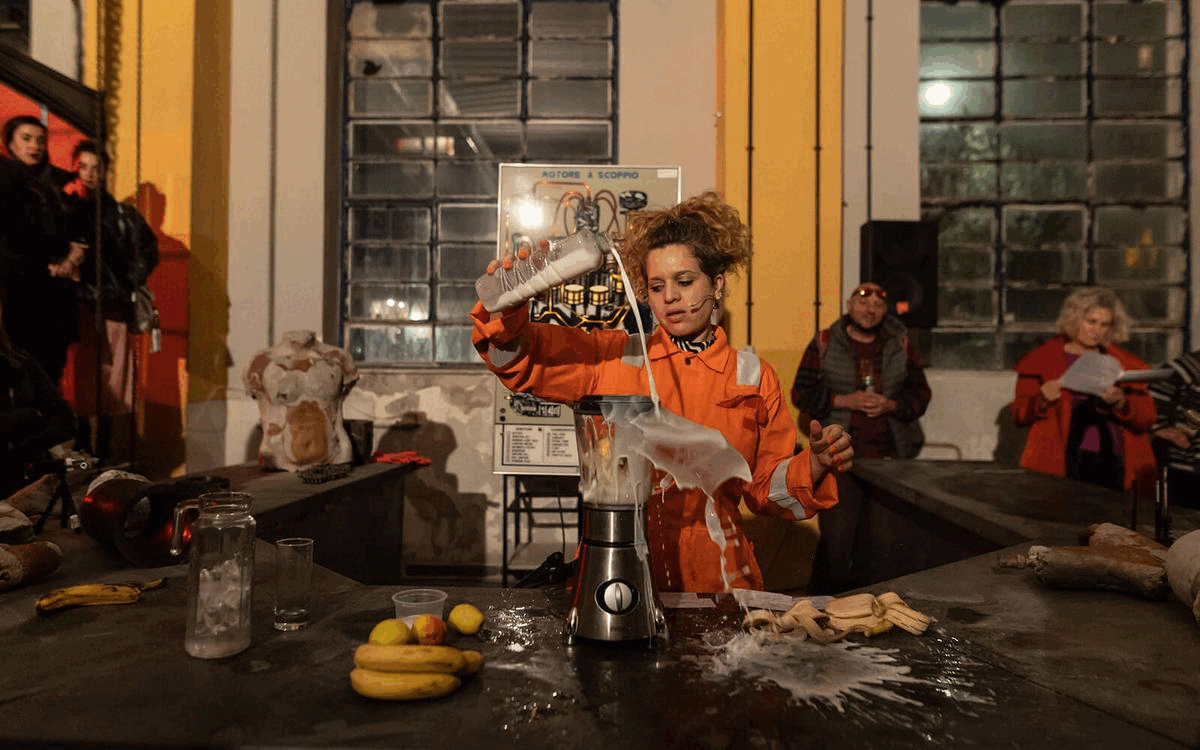
“Some institutions are spending more on their energy bills than they are on their exhibition programs, which is crazy.”
“Paired together, you’d have nearly a whole kilowatt of power being sucked up by just the processor and graphics card. Everything else will absolutely push this system over the 1000W line.”
“At some point, we’re amassing all this computing power at the consumer level for the sake of amassing this power because we can. Then we just go and use it to stream Netflix.”
“Journalists were actually actively looking for the contrarians. It was really feeding an appetite that was already there.”
“The evidence now suggests a 3 to 4 degree warming by mid-century, not accounting for tipping points—which could easily be 5 or 6 degrees.”
Daily discoveries at the nexus of art, science, technology, and culture: Get full access by becoming a HOLO Reader!
- Perspective: research, long-form analysis, and critical commentary
- Encounters: in-depth artist profiles and studio visits of pioneers and key innovators
- Stream: a timeline and news archive with 1,200+ entries and counting
- Edition: HOLO’s annual collector’s edition that captures the calendar year in print
